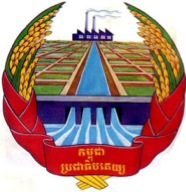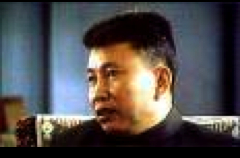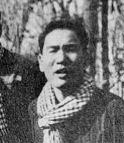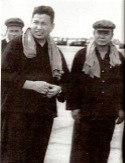A NIGHTMARE IN BLOOD - CAMBODIA UNDER THE KHMER ROUGE
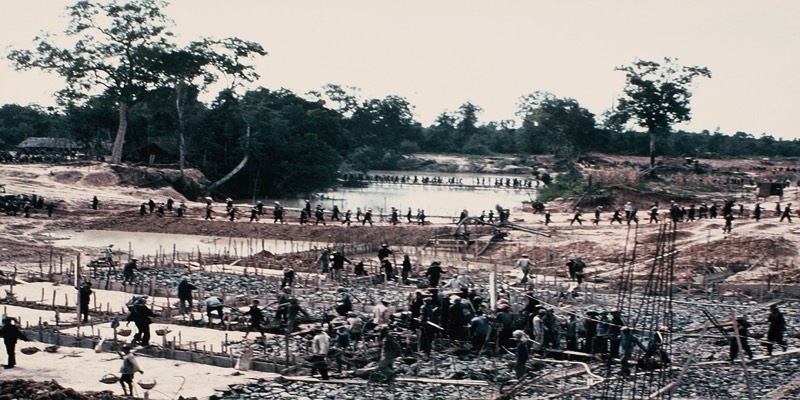
"If you have rice you have everything"
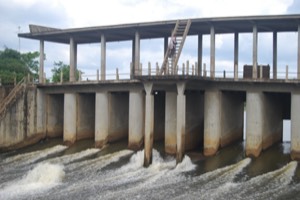
Some of the irrigation constructions still remain and are used today - one is in the photo to the left. How many lives did it cost to build?
The cities were emptied
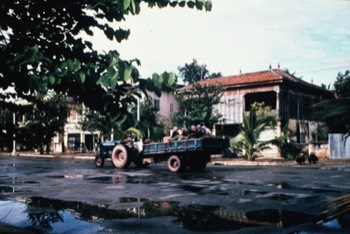
Personal freedom abolished

You could not travel freely. If you found food, for instance fruit or vegetables, and ate it, you could be severely punished, sometimes executed. Those suspected of the smallest misdemeanor could disappear , most often to be killed on site. Sometimes people were taken to different prisons and the most well known is Tuol Sleng, a torture center in Pnom Penh. There was no legal system with courts, When I asked (on visit 1978) I was told that courts were unnecessary. Freedom of religion was abolished - the buddist monks were disrobed and assigned work in the rice fields. The pagodas were used as storage when they weren´t destroyed. The Cham people, who are muslims, were forbidden to practice their religion and forced to eat pork. Many were killed.
The fights against Vietnam and the fall of the Khmer Rouge
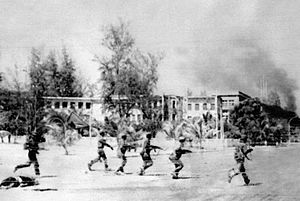
During spring of 1978 the Khmer Rouge continued to attack Vietnamese villages across the border. In Vietnam there were now Cambodian refugees. Amongst them there were defecting Khmer Rouge cadre. Vietnam decided to overthrow Pol Pot and supported actively a Cambodian resistance, It was totally dependent on Vietnam. In december 1978 Vietnam invaded Cambodia and quickly crushed all resistance. January 5 the Khmer Rouge abandoned Pnom Penh and January 7 the Vietnamese conquered an empty city. A few weeks later practically all of Cambodia was occupied by Vietnam. The Khmer Rouge continued their resistance against the Vietnamese and later the Hun Sen government in Pnom Penh. as late as 1999 the last Khmer Rouge troops laid down their weapons. The photo shows Vietnamese troops taking Pnom Penh.
How many died under the Khmer Rouge
Most calculations end up in a death toll under the Khmer Rouge if 1,5-1,7 million dead. The most detailed study has been made by there scholar Ben Kiernan. He has interviewed people of different backgrounds and from their stories calculated the death tolls in the following way.
Estimated death toll in Cambodia 1975-1978
Population 1975
The New people
The people were divided into two groups: The new people who lived under Nol and the "Old People" or "Base people" who lived under the Khmer Rouge for a long time
2000000
500000
25
600000
150000
25
430000
215000
50
10000
10000
100
10000
4000
40
3050000
879000
29
Base people
4500000
675000
15
5000
2000
40
250000
90000
36
10000
10000
100
20000
8000
40
60000
9000
15
4840000
792000
16
7890000
1671000
21
